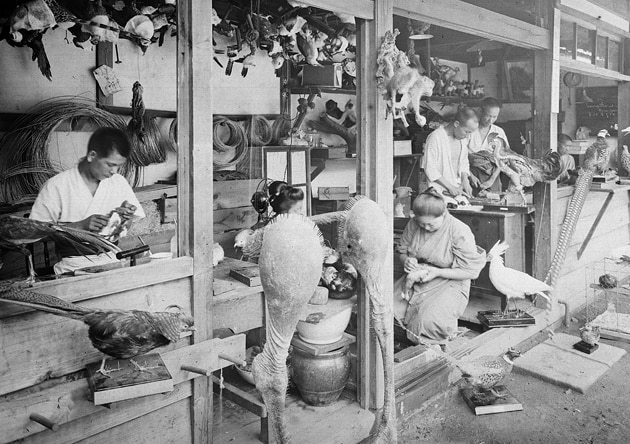vol.8
Life is also science:
"Human anatomical models/specimens"
Kyoto is at the center of mannequin manufacturing, a fact that is not known by many.
The major manufacturers, including Nanasai Co., Ltd. are located here.
However, there are not many people who know that "Shimadzu Mannequin" was at the source of this field of manufacturing.
For some it is probably hard to imagine how Shimadzu, a company known for science and technology, could have been a manufacturer of mannequins. However, during its heyday, around 1937 (Showa 12), it was the dominant manufacturer, having an 85 % or more share of domestically manufactured mannequins.
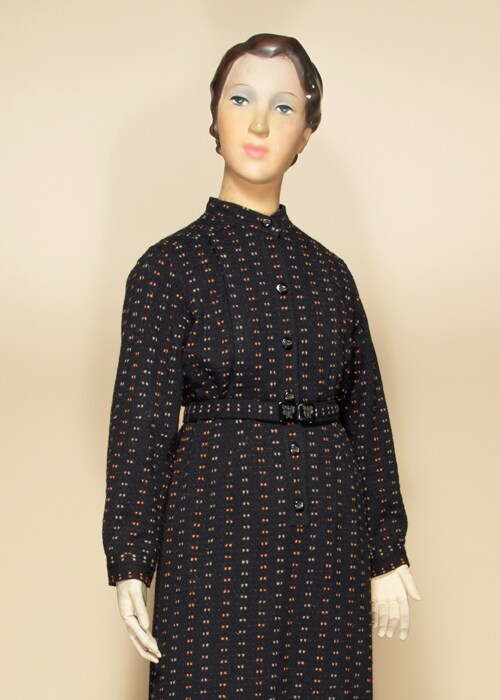
After this, as the winds of war began to stir and certain elements began stating that "mannequins are an unneeded luxury," the manufacture of them was stopped. After the war was over, personnel connected with Shimadzu resumed the production of mannequins.
Genzo, a craftsman who made Buddhist altars, was not aware of how broad the field of science was.
While continuing with his studies of textbooks from the West and at the Physics and Chemistry Society, he realized that "science also includes life itself."
In other countries, the study of natural history was gaining increasing importance, and animals, plants, and minerals (even though they were lifeless) were being targeted for research.
For Genzo, science now encompassed the human body.
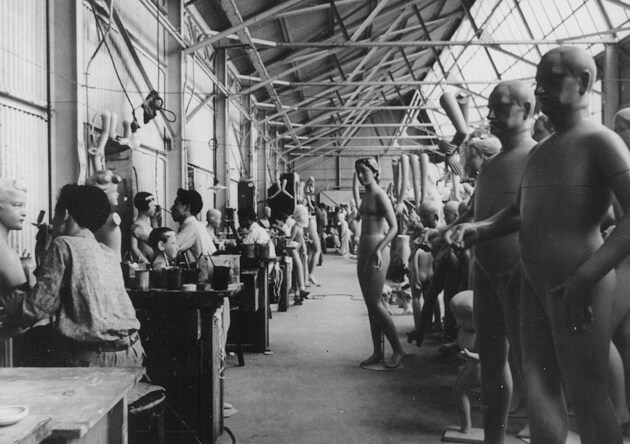
Rather than being for the benefit of the field of medicine, he wanted to teach the mysteries of life to the children.
This was a firm belief of his that only grew stronger.
In every issue of the "Physics and Chemistry Industrial Arts Journal" that he published, he stated his belief that the anatomical model and the ecology of animals and plants could not be understood solely from lectures.
It was Genzo Junior and his two brothers who were to carry out the last wishes of Genzo Senior.
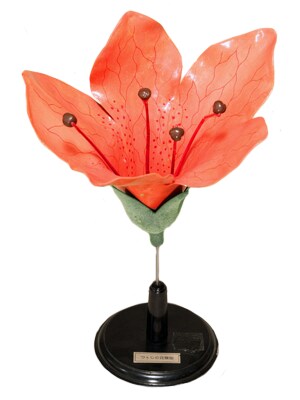
(Fiber)
The Specimen Department was newly established in 1895 (Meiji 28), the year after Genzo Senior passed away.
This new department required technologies and knowledge that were different from what was needed for equipment manufacturing.
They enlisted the help of university professors from Kyoto and Tokyo, hiring them as advisors, and they also scouted for specialists who could be brought into the company.
They created a route for the acquisition of minerals and other items from schools and Shimadzu personnel throughout Japan.
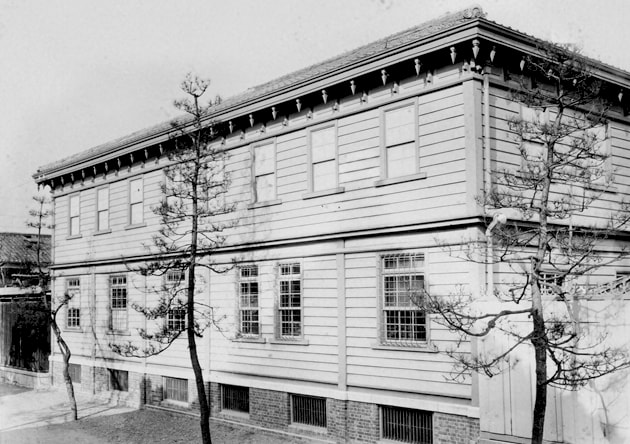
At first, they handled models of plants and mineral specimens, but eventually they began working on human anatomical forms.
In true Shimadzu form, once they had decided they were going to make something, they placed enormous efforts on producing the best results possible.
Conventional anatomical models were heavy as they consisted of plaster coated with lacquer. They have been replaced with paper-made with resign coating which became known as the Shimadzu fiber manufacturing technique.
Shimadzu fiber was light, carried colors well, and was resistant to water. The manufacturing technique was granted a patent.
Finally, they were able to announce a human anatomical figure that could be broken down into 138 parts.
For children, this was the first time that they saw the structure of human body. It should have been the "mystery of life."
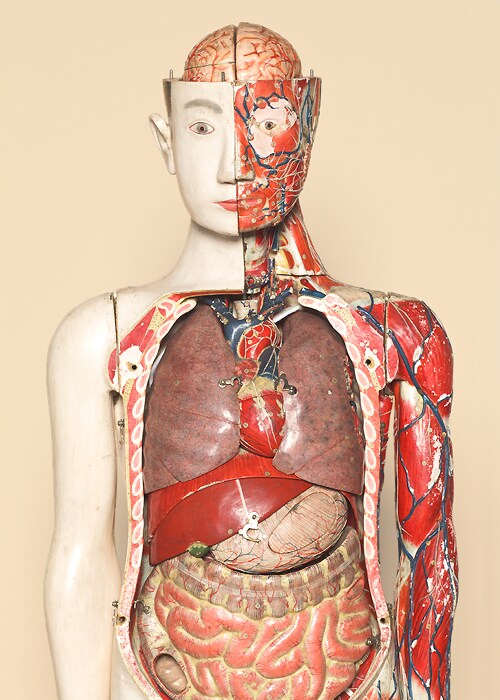
The Specimen Department grew to become the second largest department within Shimadzu, following the Physics and Chemistry Instrument Department. However, once the worldwide economic crisis began in the 1920s, educational budgets were drastically cut, and the business was no longer viable.
The manufacturing knowledge that was built up through the experience of making human anatomical models was later channeled into the mannequin business. The Specimen Department was inherited by, and further developed by Kyoto Kagaku Co., Ltd., currently the top manufacturer of human anatomical models.
